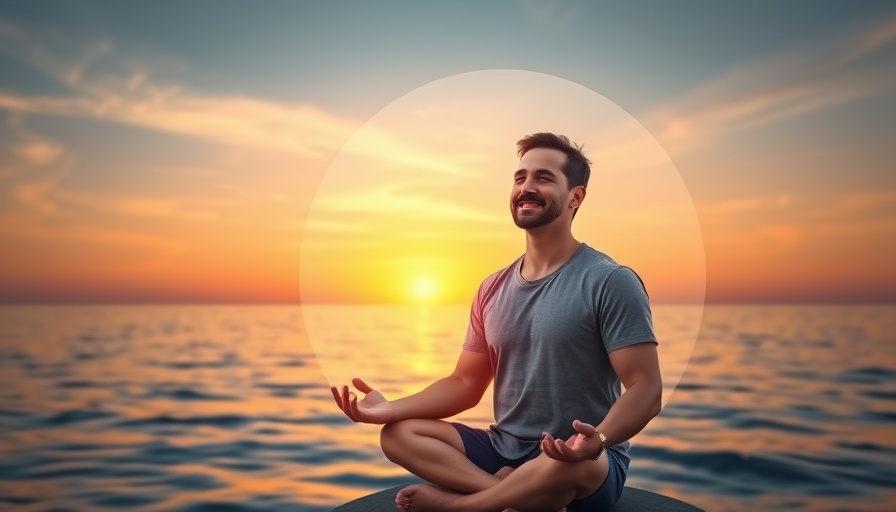
Understanding Our Tech Motivations
In a world dominated by technology, understanding our personal motivations for using it has never been more crucial. As meditation teacher and tech designer Jay Vidyarthi points out, while technology can enhance our lives, it can also lead us down a path of dependence that disrupts our well-being. This meditation practice is not just about mindfulness; it’s about discovering the underlying reasons that draw us to tech in the first place.
The Quest for Balance in a Tech-Savvy World
The constant presence of technology in our lives affects us on physical, mental, and emotional levels. It is daunting to maintain a balanced relationship with devices that always beckon for our attention. Vidyarthi emphasizes that technology itself isn't the enemy; rather, it is our attachment to it that poses risks. During meditation, ask: What role does tech play in your life, and does it serve you positively or negatively? By confronting these questions, we can uncover patterns that help us adjust our habits for a healthier relationship with tech.
Journaling Your Tech Usage: A Path to Mindfulness
Engaging in the practice of journaling can be a transformative experience. With each entry, you not only track your usage but also confront your feelings—both positive and negative—toward technology. For instance, consider whether social media brings connection or anxiety. Does streaming your favorite show provide relaxation or consumption without purpose? Tracking these insights empowers us to reshape our engagement with technology, turning mindless scrolling into intentional use.
Why Asking “Why?” Matters
Have you ever noticed how children have an endless supply of questions? Channeling this spirit of inquiry can illuminate your motivations for technology use. For example, if you desire a better relationship with technology because you want to feel less stressed, dig deeper. Why do you want to feel less stressed? Explore the core of these motivations. Engaging in such reflection invites you to confront your desires while separating genuine needs from distractions presented by technology.
The Power of Collective Mindfulness
As you delve deeper into understanding your motivations, consider the implications of your tech habits on those around you. A tech-heavy lifestyle doesn't just affect the individual; it could also impact your family, friends, and coworkers. Mindful practices not only improve your relationship with technology but can create a ripple effect, fostering healthier dynamics with those you care about. Engaging in tech clarity as a community, friends can share insights that enhance their collective wellness.
Practical Steps to Enhance Your Tech Relationship
After identifying your motivations, it’s time to make changes for a healthier lifestyle. Implementing simple practices can significantly impact your relationship with technology. Start by setting specific tech-free times during your day—maybe during meals or an hour before sleep. Limit notifications to reduce distractions, and create a tech-friendly space where you can engage without interruptions. These small adjustments can simplify your tech use and lead to more productive engagements.
Future Predictions: The Evolution of Tech Use
As technology continues to evolve, so too will our relationship with it. Emerging trends such as digital detox retreats and mindfulness apps illustrate a growing awareness of technology's impact on mental health. The key to navigating this landscape lies in remaining intentional about your engagement. Future tech practices will likely incorporate mindful principles, promoting usage that enhances well-being rather than detracts from it.
Don't Wait! Start Your Journey Towards Tech Mindfulness
Being intentional with technology isn't just an individual pursuit; it’s a collective movement toward a healthier lifestyle. Dive into today's meditation and journaling exercise to uncover your motivations, transforming your tech habits in ways you've never imagined.
 Add Row
Add Row  Add
Add 




Write A Comment